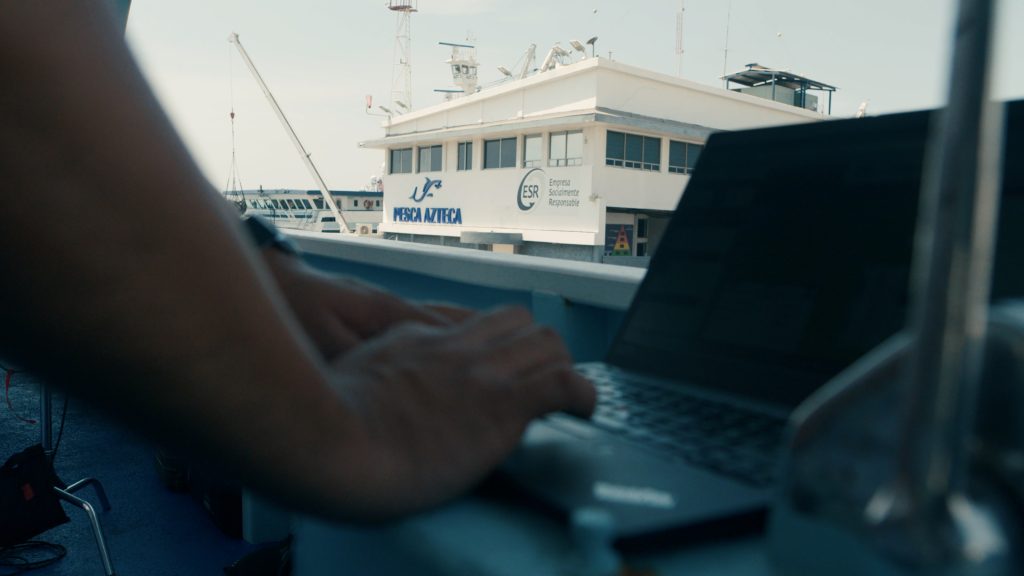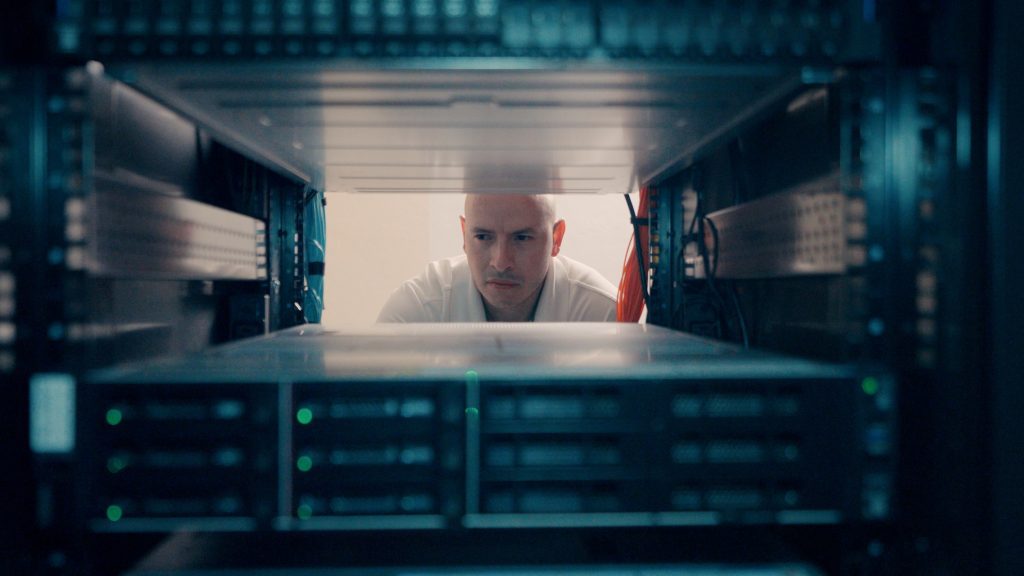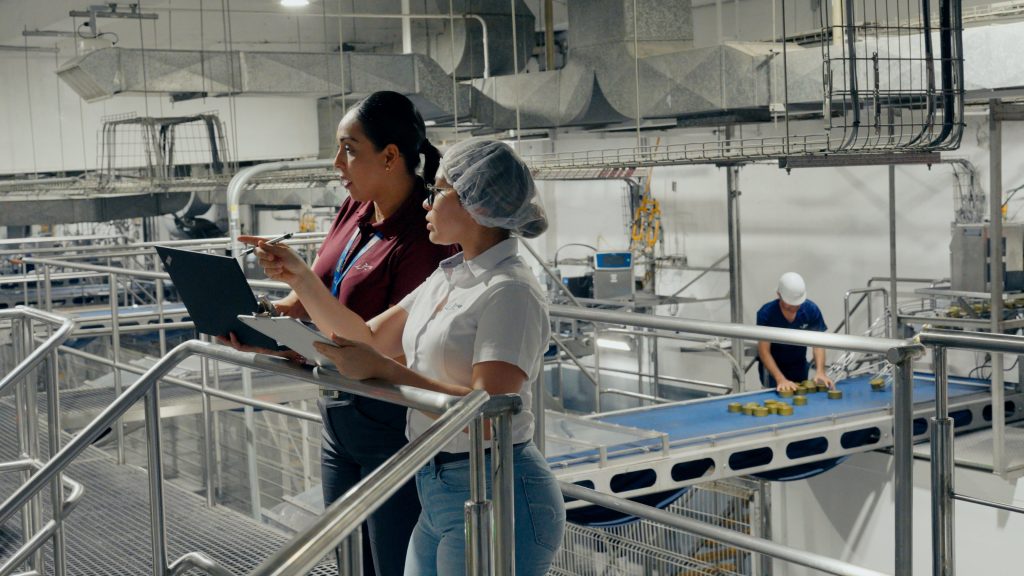How Grupo PINSA runs its fishing fleet more efficiently with Lenovo Infrastructure Solutions and Intelligent Devices at the Edge
When Grupo PINSA began the ambitious task of bringing Edge Computing to their Pesca Azteca fishing fleet, they turned to Lenovo to help tackle the daunting task.
A Global Fishery
Grupo PINSA is one of the biggest players in Latin America’s Fishing industry, their fisheries arm Pesca Azteca operates the largest tuna fishing fleet in Latin America. As a vertically integrated business, the group handles every step in the seafood supply chain, catching, processing, and bringing end-products to markets in the Americas, Europe, and Asia. Their 20+ fishing vessels operate at a harvesting capacity of over 75,000 tons annually. But the group wasn’t content with just being the biggest, they wanted to pursue their goals of sustainability and efficiency as far as possible.
“The objective of Pesca Azteca is to maintain leadership in catches of tuna,” says Evaristo Villa Michel, Director General of Pesca Azteca, Grupo PINSA. “And to capture sustainably with high standards of quality, efficiency, and optimal operation.”
Achieving the highest standards of efficiency and optimization meant embracing the capabilities of the latest technology. The group wanted new ways to capture and process data from its fleet, which could lead to less waste and safer, more efficient ventures for each vessel.
“We wanted to move away from precarious processes such as the spreadsheets that were used,” says Sergio Alcaráz Pérez, IT Infrastructure Manager at Grupo PINSA. “So, we looked for a solution, a technological innovation that could work in maritime conditions.”
However, those maritime conditions presented unique challenges of their own.
Edge Servers at Sea
One of the biggest challenges Grupo PINSA faced in updating its fleet was the distance and time vessels spent at sea and the difficulty that presents when equipping a crew. Whenever a fishing vessel embarks, it is almost impossible to predict the size of the catch they will return with. This left Grupo PINSA reliant on forecasting estimates to plan production and delivery. Discrepancies between anticipated and actual supply could be costly for the business.
“We would only know the true size of the catch once the fleet was back in the harbor,” explains Alcaráz Pérez. “It’s not easy to scale up to accommodate the increased supply at such short notice. The lack of timely, precise information was holding us back. We needed a more real-time view of supply levels, which could allow the group to make informed decisions around production and logistics well in advance.”
To accomplish that, Grupo PINSA went to work developing its own custom software application to manage ships and fishing production. But the ocean made implementing that software another challenge.


Weather conditions at sea are another near-unpredictable factor that placed strain on PINSA’s efforts to modernize their data collection. Sea storms and large waves, high sun and ubiquitous salt put strain on every piece of equipment the fishing fleet relies on. The weather not only put strain on the vessels and the crew, but any attempts to implement servers would have to account for that additional wear and tear.
“These are critical conditions,” explains Carlos Mercado, Deputy Director of Corporate IT. “We must always have communication data and servers working. The truth is, there is no other place where we have so many problems keeping equipment running. Technology is essential for fisheries management, and not just any server can support us.”
PINSA needed a server that was powerful, rugged, and small, since space on the fishing vessels was already at a premium. With all these specific and vital requirements, there weren’t many options for edge computing that could fit PINSA’s needs.
That’s when the group turned to Lenovo.
The ‘Cutting Edge’
“PINSA and Pesca Azteca had already decided which software to use,” says Lenovo Partner Javier Mehia Loera. “Only the hardware was missing. At that point, Lenovo came up with the perfect solution.”
The Lenovo SE350 edge servers fit the groups, needs, and the vessels’ small spaces perfectly. The edge server is built with a focus on smart connectivity and business security, but in a compact and rugged form factor that makes them the ideal server for harsh environments.
SE350 edge servers are also half the width and significantly shorter than traditional servers. This made them ideal for implementation in fishing vessels tight on space and hyperconscious of cargo loads.


“Lenovo Edge Servers are tough enough to withstand sea conditions,” lauds Mercado. “And they are so easy to implement that we can set up a new vessel in a single day.”
Working with a team from Lenovo, Grupo PINSA outfitted an initial group of three boats with the edge devices. It deployed two Lenovo ThinkEdge SE350 servers in a high-availability cluster on each vessel, running Windows Server and Microsoft Hyper-V virtualization. Every thirty minutes, the solution automatically relays the latest information on supply levels to a central server at group headquarters.
The Future of Fisheries
Edge Computing has made it possible for Grupo PINSA to embrace a more nuanced way of tracking fleet supplies and fishing catches. For the first time, the group has clear, reliable insight into fuel and food consumption on its vessels, as well as the size of each catch.
This is helping the group bring all the links of its seafood supply chain into closer alignment and propel the group towards more efficient, precise, and profitable operations.
“It’s impressive that such a small server helps us improve fishing so much,” says Mercado. “We have a much better grasp on all the information that goes into each trip. Having all this information assures you that the next fishing trip is going to be more productive. Information ultimately becomes savings, and the Lenovo Edge server gave us trust in the security of that data.”


Grupo PINSA’s endeavor into edge computing is only one facet of the group’s growing relationship with Lenovo. As a true technology partner, Lenovo supports PINSA across not only the seafood supply chain, but all aspects of the group’s business. From Thinkpad X1 Carbon laptops and mobile devices in the hands of its members, to the mission critical ThinkSystem SR850 servers that make up the group’s data center, to the new edge-enabled fishing fleet, Lenovo has become integral to the whole of Grupo PINSA’s technological infrastructure.
The recent success of Grupo PINSA’s latest engagement with edge computing has only strengthened the groups partnership with Lenovo and has spurred the group to explore further possibilities in the realm of edge computing, and beyond.
“We had a vision for making fleet and fishing production more effective,” says Alcaráz Pérez. “And Lenovo proved to be the perfect partner to bring it to life. Lenovo has been a great enabler for our business.”
